Disclosure: This article contains affiliate links. We may earn a commission from purchases at no extra cost to you, which helps our travel content.
There's something almost mythical about standing in a hotel made entirely of ice, knowing that in just a few hours, you'll be deep within one of Sweden's most pristine national parks. The journey between the world-famous Ice Hotel in Jukkasjärvi and Abisko National Park represents the ultimate Arctic adventure – one that combines architectural wonder with untouched wilderness. Having made this winter expedition twice now (once solo and once with friends), I'm eager to share the nuts and bolts of navigating between these two bucket-list destinations in Swedish Lapland.
Planning Your Ice Hotel to Abisko Route
The distance between the Ice Hotel in Jukkasjärvi and Abisko National Park is approximately 100 kilometers (62 miles), cutting through some of Swedish Lapland's most spectacular winter landscapes. Before diving into transportation options, it's worth noting that this journey requires some advance planning, especially during peak winter season (December-March).
I learned this the hard way during my first visit when I naively assumed I could arrange transportation on arrival. Spoiler alert: I ended up waiting an extra day because everything was booked solid. The Ice Hotel is located near Kiruna, which serves as your main transportation hub, while Abisko is further northwest toward the Norwegian border.
Before setting off, ensure you have proper winter gear. My heated gloves were absolute lifesavers during my January trip when temperatures hovered around -25°C (-13°F). For keeping track of your journey and the northern lights forecast, I highly recommend downloading the Aurora Alert app which works surprisingly well even with spotty cellular coverage in the region.
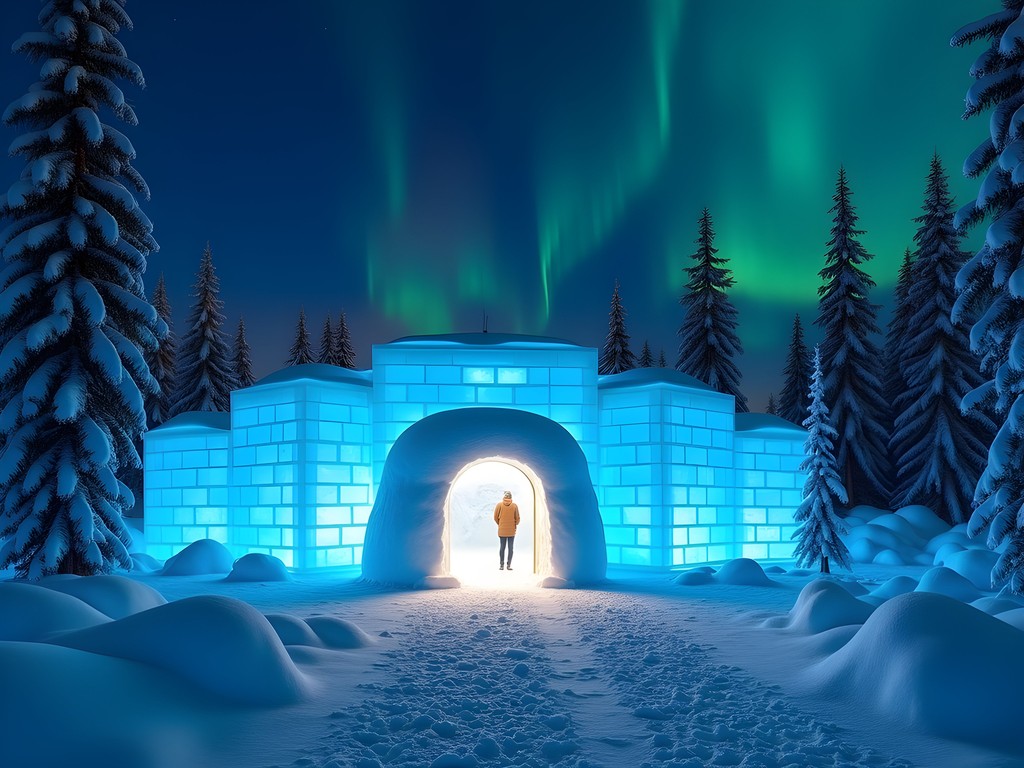
💡 Pro Tips
- Book all transportation at least 2-3 weeks in advance during winter season
- The journey takes 1.5-2.5 hours depending on transportation method and weather conditions
- Pack snacks and water as options are limited once you're en route
Transportation Options: Train, Bus, or Private Transfer?
You have three main options for traveling between the Ice Hotel and Abisko: train, bus, or private transfer. Each has distinct advantages depending on your budget, schedule, and comfort preferences.
Train: The most scenic option is taking the train from Kiruna to Abisko. The railway follows a stunning route through snow-covered valleys and frozen lakes. Trains run daily, but schedules are limited in winter (usually 1-2 departures per day). One-way tickets cost around 150-200 SEK ($15-20). You'll need to take a taxi or shuttle from the Ice Hotel to Kiruna station first (about 15 minutes).
Bus: Buses connect Kiruna to Abisko Tourist Station and are slightly cheaper than the train at around 120-170 SEK ($12-17). The journey takes about 1.5 hours, and like the train, you'll need to get from the Ice Hotel to Kiruna first. The advantage is that buses sometimes have more convenient departure times than trains.
Private Transfer: This is what I opted for on my second trip, splitting the cost with friends. A direct transfer from the Ice Hotel to Abisko costs approximately 1500-2000 SEK ($150-200) total for the vehicle. While pricier, it offers door-to-door service and flexibility. Our driver even stopped at a few scenic spots along the way for impromptu photo opportunities of the frozen landscape.
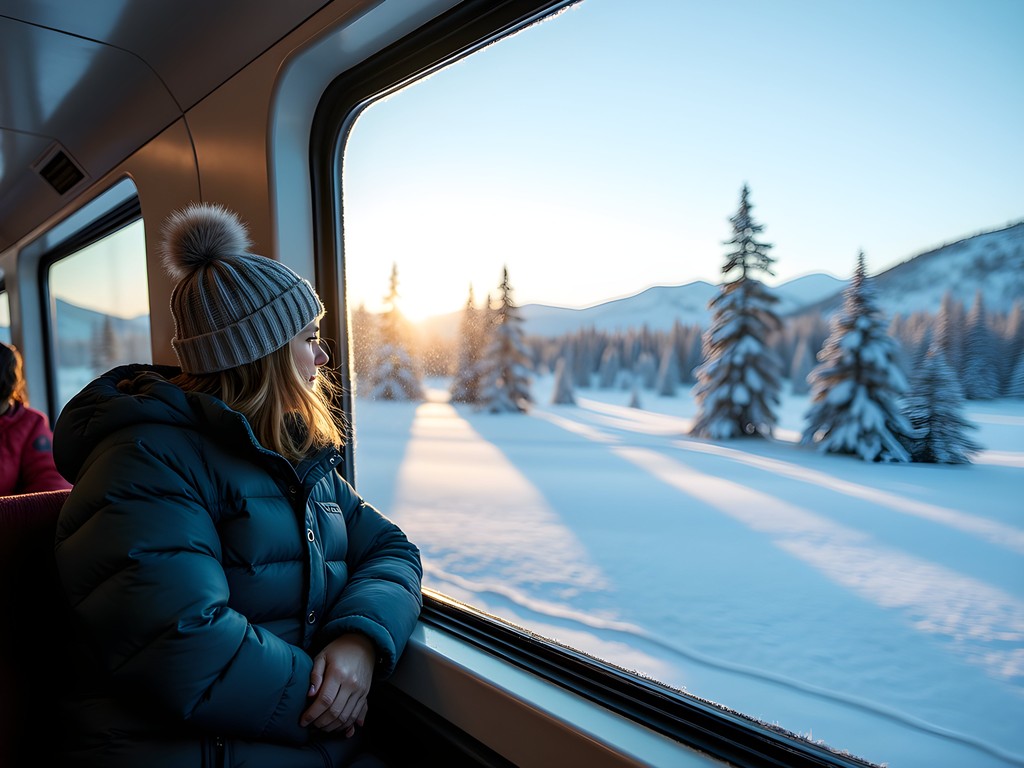
💡 Pro Tips
- Book train tickets via SJ.se or at Kiruna station (but advance booking is highly recommended)
- Private transfers can be arranged through your Ice Hotel concierge or local operators in Kiruna
- If taking public transportation, allow extra time for weather delays which are common in winter
What to Pack for the Journey
The journey between the Ice Hotel and Abisko is relatively short, but Arctic winter conditions demand serious preparation. Even a brief delay could leave you exposed to extreme temperatures.
Layer up properly with a moisture-wicking base layer, an insulating middle layer, and a windproof/waterproof outer layer. My merino wool base layers have been invaluable on Arctic trips – they regulate temperature beautifully and don't retain odors even after multiple wears (a bonus when packing light).
For footwear, I can't stress enough the importance of proper Arctic boots. My feet have never been cold since investing in insulated snow boots, which are rated to -40°C. Regular winter boots simply won't cut it in Swedish Lapland.
While most transportation options are heated, I always carry hand and foot warmers as backup. My favorite find has been rechargeable hand warmers which double as portable battery packs for phones – crucial when cold temperatures drain batteries quickly.
Lastly, don't forget a good thermos. Having hot tea or coffee during a rest stop in the snowy wilderness creates a magical moment you won't forget.
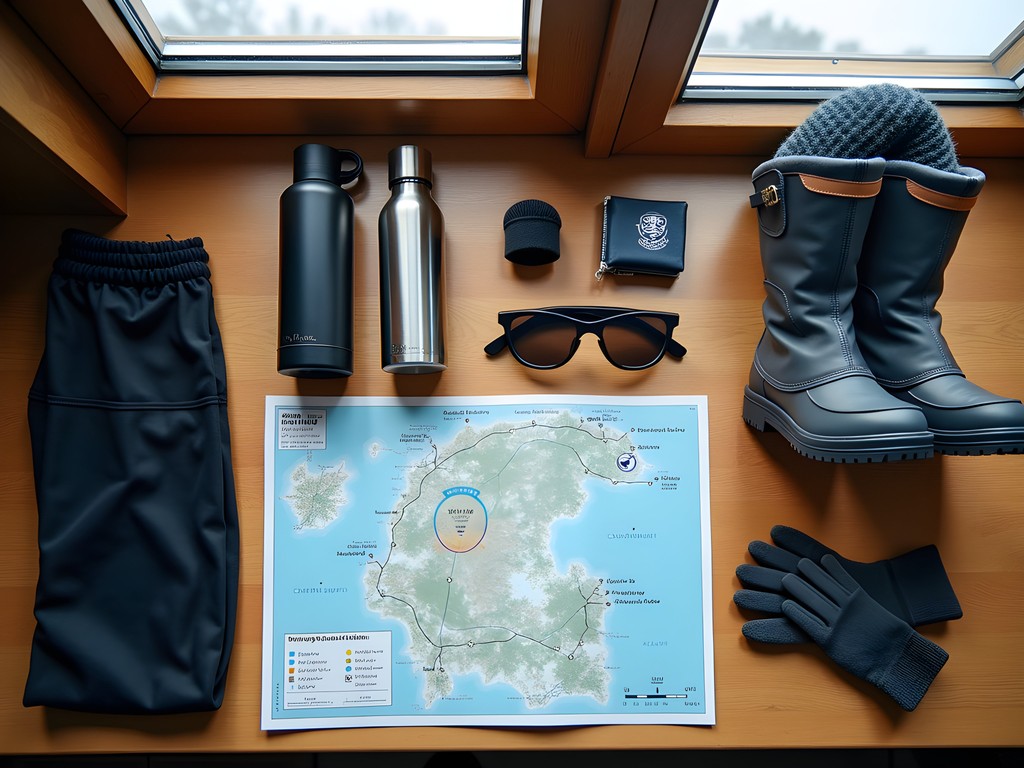
💡 Pro Tips
- Pack extra layers in your carry-on bag even for short journeys
- Keep electronics close to your body to prevent battery drain from cold
- Bring polarized sunglasses – the snow glare can be intense even on cloudy days
The Abisko Arrival: Northern Lights Central
Arriving in Abisko feels like entering another world. The small village is dwarfed by the surrounding mountains and the vast frozen Lake Torneträsk. Most visitors stay either at the Abisko Tourist Station or the Abisko Mountain Lodge, both excellent bases for northern lights viewing and national park exploration.
Abisko is renowned as one of the world's best locations for viewing the northern lights due to its position in the 'blue hole' – a patch of sky that remains mysteriously clear even when surrounding areas are cloudy. The famous Aurora Sky Station, accessible by chairlift, offers guided northern lights tours, but I've had equally impressive sightings just walking a few minutes from the tourist station.
For serious aurora photography, I recommend bringing a sturdy travel tripod that can handle cold temperatures without becoming brittle. My first night in Abisko, I witnessed a spectacular aurora display that lasted over three hours – having stable equipment made all the difference between blurry memories and sharp images.
During daytime, the national park offers everything from gentle walks to challenging ski tours. The staffed information center provides trail maps and safety information – always check in with them before heading out as winter conditions can change rapidly.

💡 Pro Tips
- Book the Aurora Sky Station well in advance as it frequently sells out
- Download a northern lights forecast app and set alerts for activity
- Bring microspikes or ice grips for your boots as paths around Abisko can be extremely icy
Solo Travel Tips: Making Connections Along the Way
Traveling solo between the Ice Hotel and Abisko might seem intimidating, but it's actually an excellent opportunity to connect with fellow adventure seekers. The shared experience of Arctic exploration creates an instant bond with other travelers.
During my solo trip, I met a retired couple from Australia and a photographer from Japan on the train to Abisko. We ended up sharing a northern lights viewing experience that evening and still keep in touch years later. The communal spaces at both the Ice Hotel and Abisko's accommodations are designed to encourage interaction.
Safety is naturally a concern when traveling alone in remote Arctic regions. I always carry a satellite messenger which provides emergency communication even without cell service. It's been a confidence booster that allows me to venture slightly off the beaten path knowing help is available if needed.
For solo travelers, I also recommend joining organized activities at both locations. The Ice Hotel offers ice sculpting classes and northern lights tours, while Abisko has guided snowshoe walks and photography workshops. These provide structure to your day and built-in companionship with like-minded travelers.
Lastly, don't be afraid to treat yourself to nice meals. The restaurant at the Ice Hotel serves exceptional local cuisine, and I've had memorable solo dinners there watching the snow fall outside while savoring reindeer steak and cloudberry dessert.

💡 Pro Tips
- Join the communal saunas at both locations – they're great places to meet fellow travelers
- Book at least one guided activity at each destination to connect with others
- Let someone know your travel plans and check in regularly, especially when traveling between destinations
Final Thoughts
The journey from Sweden's Ice Hotel to Abisko National Park represents Arctic travel at its finest – a perfect balance of comfort and adventure, human ingenuity and natural wonder. While the distance isn't great, the experience is transformative, taking you from a masterpiece of ice architecture to one of Europe's last true wilderness areas in just a couple of hours.
Whether you choose the economical train option with its panoramic views or splurge on a private transfer with customized stops along the way, the important thing is to embrace the journey itself as part of your Arctic experience. Pack thoughtfully, prepare for the cold, but remain flexible – sometimes the most magical northern lights appear when least expected, perhaps even during your transit between destinations.
As someone who's made this journey in different seasons and circumstances, I can attest that the Ice Hotel-Abisko route offers a uniquely accessible way to experience the profound beauty and silence of the Arctic. So bundle up, charge your camera batteries (keep them warm!), and prepare for an adventure that will forever change how you see winter landscapes. The dancing lights above Abisko are waiting.
✨ Key Takeaways
- Book all transportation at least 2-3 weeks in advance during winter season
- Layer properly with high-quality cold-weather gear – this is genuine Arctic weather
- Consider splitting a private transfer with other travelers for the most flexible experience
- Abisko offers the best northern lights viewing opportunities due to its microclimate
- Even solo travelers can easily make connections in this adventure-focused environment
📋 Practical Information
Best Time to Visit
December through March for winter experience; northern lights best from November to March
Budget Estimate
$150-250/day including accommodation, food and local transportation
Recommended Duration
3 days at Ice Hotel + 3-4 days in Abisko for optimal experience
Difficulty Level
Moderate (Due To Extreme Winter Conditions)



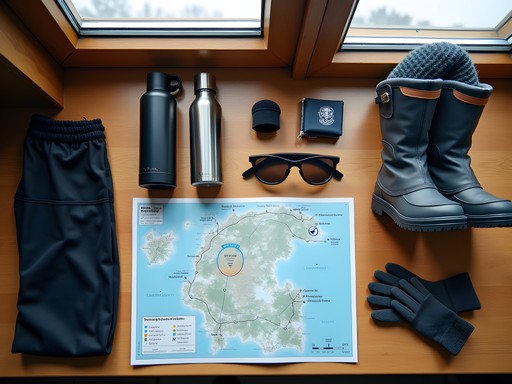




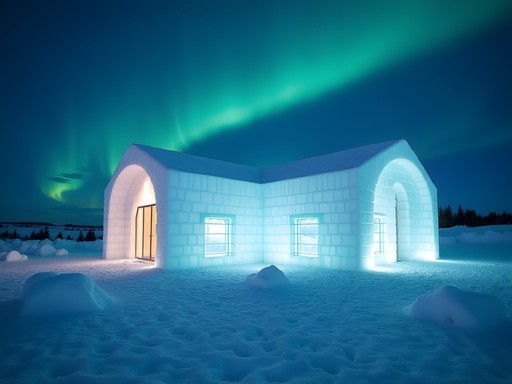
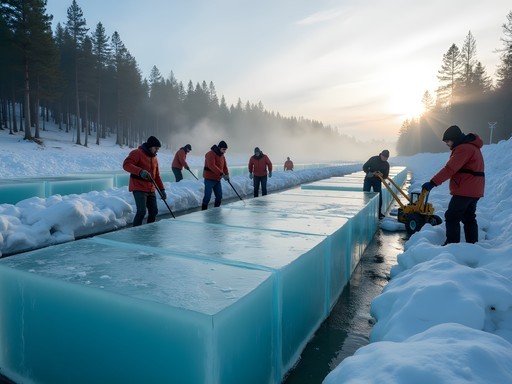
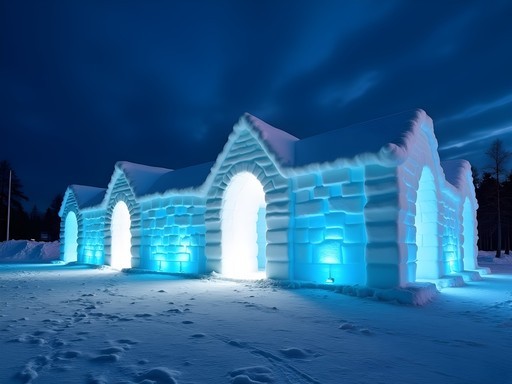




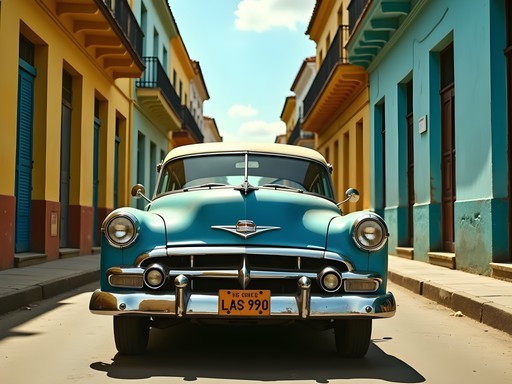
Comments
Sage Dixon
Lars, this brought back so many memories of my trip there last winter! For anyone planning this journey, I'd add that the private transfer option was worth every penny for us. After sleeping in -5°C at the Ice Hotel, the heated car and flexibility to stop for photos along the way was priceless. One thing I wish I'd known: bring a good headlamp with a red light mode for northern lights photography setup. My headlamp was essential as I was fumbling with camera settings in the dark. Also, the Aurora Sky Station in Abisko is magical, but don't neglect the shoreline of Lake Torneträsk - we actually saw our best display there around 2am when most tourists were already asleep. The silence of the frozen lake with dancing lights overhead was truly a life-changing experience.
freeway
Thanks for the lake tip! Adding that to my list right now!
journeygal2293
Thermal layers are your best friend on this trip! The Ice Hotel is obviously freezing but even the train can get chilly.
happyhero
We just did this exact route in January! Took the train from Kiruna to Abisko which was stunning - all those snow-covered trees! One tip though - the train was delayed by 2 hours because of snow on the tracks, so build in buffer time if you have activities planned. The Ice Hotel was incredible but Abisko stole our hearts with those northern lights displays. Make sure you book the Sky Station in advance - it sells out weeks ahead!
freerider
How many nights would you recommend in each place?
happyhero
We did 1 night in the actual ice room (it's cold!) plus 1 in a warm room at Ice Hotel, then 3 nights in Abisko. Perfect combo for us!
freeway
OMG this looks AMAZING!! Did you see the northern lights in both places or just Abisko? So excited to plan a similar trip next winter!
journeygal2293
Not the author but I did this trip last year. Definitely saw better lights in Abisko - they call it the blue hole for a reason!
freeway
Thanks for the insight! Definitely prioritizing Abisko then!
freerider
Just booked this exact trip for March! Perfect timing on this post!
starmood
OMG this blog post couldn't have come at a better time!! Just booked my trip for November! So excited to see the northern lights! Did anyone stay at the Aurora Sky Station overnight? Worth it??
photorider
We didn't stay overnight at the Sky Station but did the evening visit. Honestly, we saw better lights just standing outside our accommodation in Abisko. The Sky Station was cool but very crowded. November might be different though!
starmood
That's super helpful, thank you! Maybe I'll skip the overnight and just do the evening visit then. So excited!!
photorider
Just got back from this exact route last week! We opted for the bus since the train times didn't work with our schedule. The bus was comfortable enough but I wish we'd planned better for the train. The northern lights at Abisko were INCREDIBLE - we saw them 3 out of 4 nights. One thing I'd add to your packing list: hand/foot warmers! Those little heat packs were lifesavers while standing outside watching the lights. The temperature difference between the Ice Hotel and Abisko surprised us too - Abisko was actually about 5°C colder.
Timothy Jenkins
Excellent write-up, Lars! I did this exact journey last winter and found the train to be the most scenic option. One tip I'd add - if taking the train, sit on the left side when heading to Abisko for the best views of frozen lakes and mountains. The private transfer is worth the splurge if you're traveling with camera gear. My heated gloves were absolutely essential for taking photos during the stops - the temperature dropped to -28°C during my visit!
starmood
Thanks for the tip about which side of the train to sit on! Did you see any wildlife during the journey?
Timothy Jenkins
I spotted a few reindeer and what I think was an Arctic fox! The train conductor actually announces wildlife sightings sometimes, which is quite helpful.
sunsetmood
Great post! Is there a specific time of day you'd recommend taking the train for the best views? Planning my trip for January!
Lars Gardner
Thanks for asking! The midday train (around 11am-1pm) offers the best daylight views of the landscape during winter months. In January, you'll have limited daylight hours, so definitely aim for that window if possible!
sunsetmood
Perfect, thanks! Will book the noon train then.
photo_enthusiast
Love that photo of the train crossing the snowy landscape! What camera settings did you use?
Venture X
Premium card with 2X miles, $300 travel credit, Priority Pass